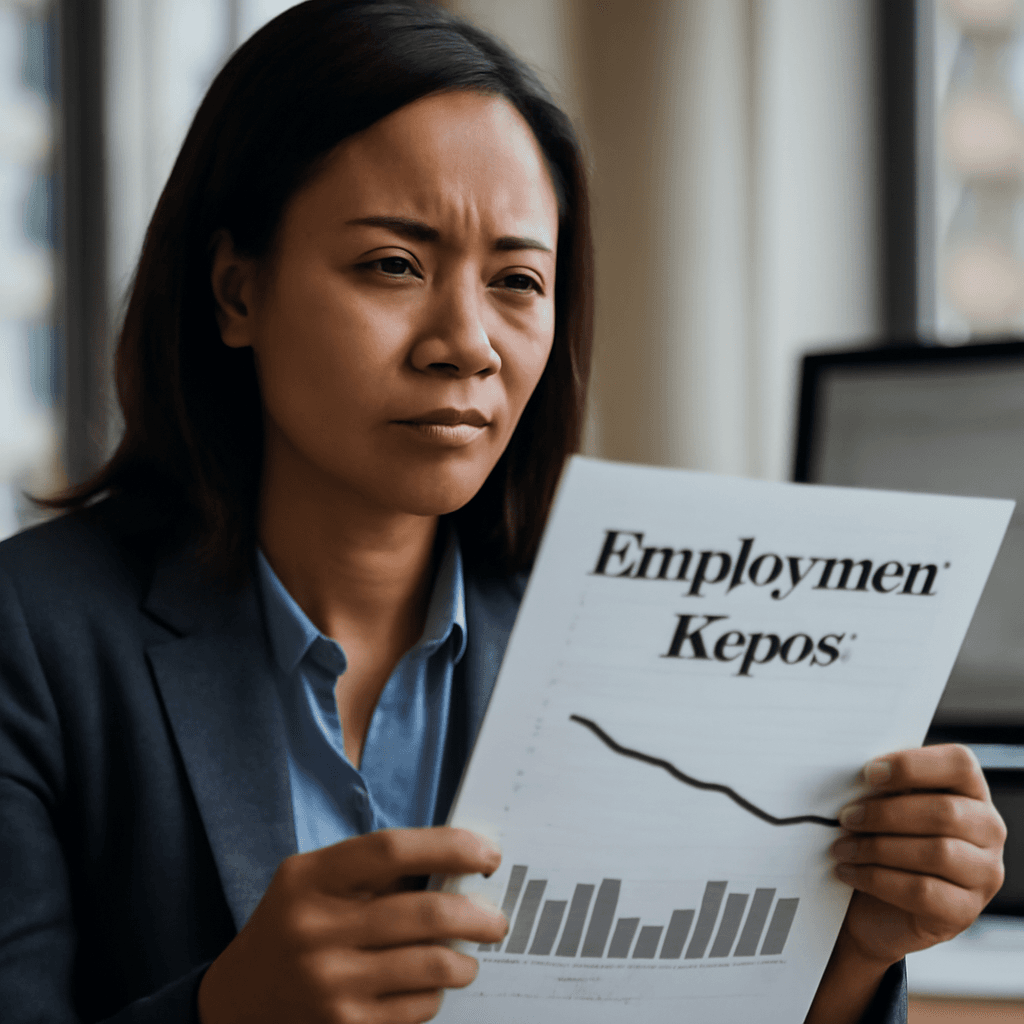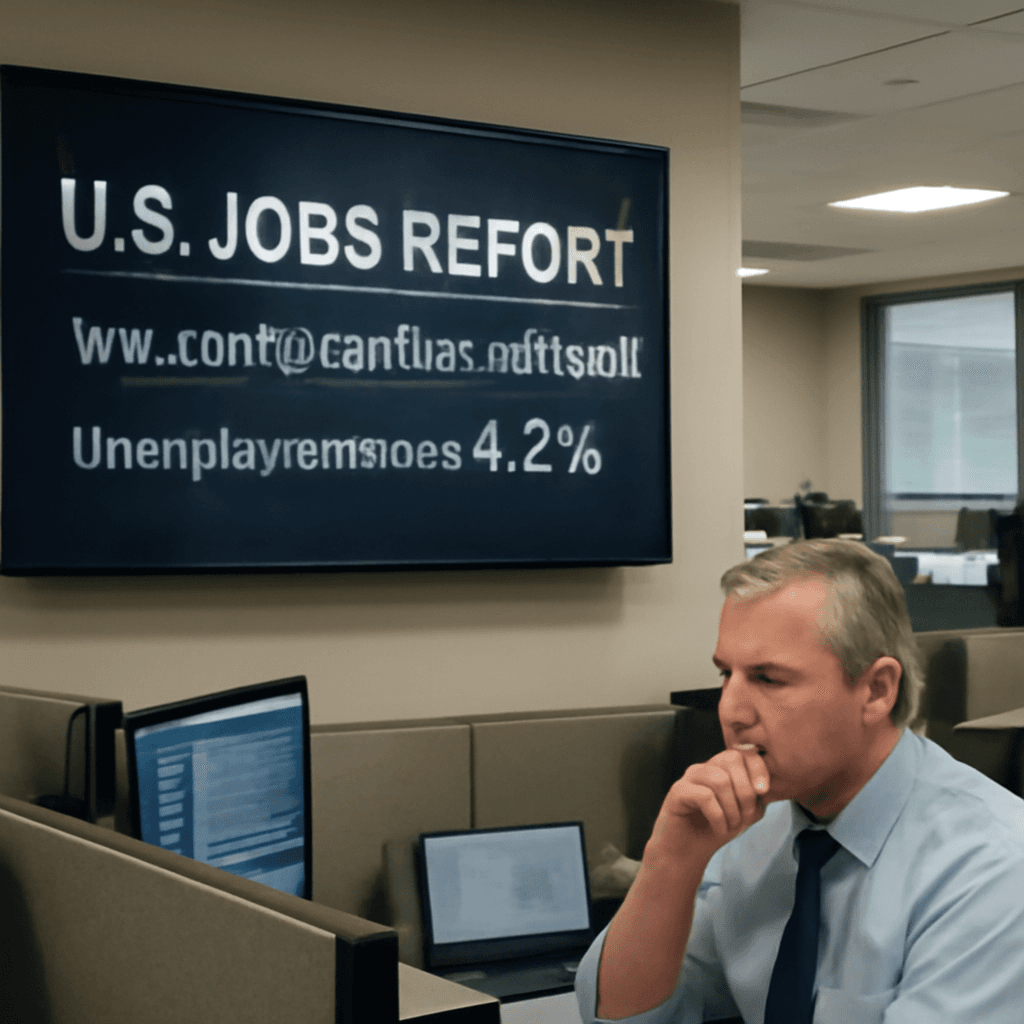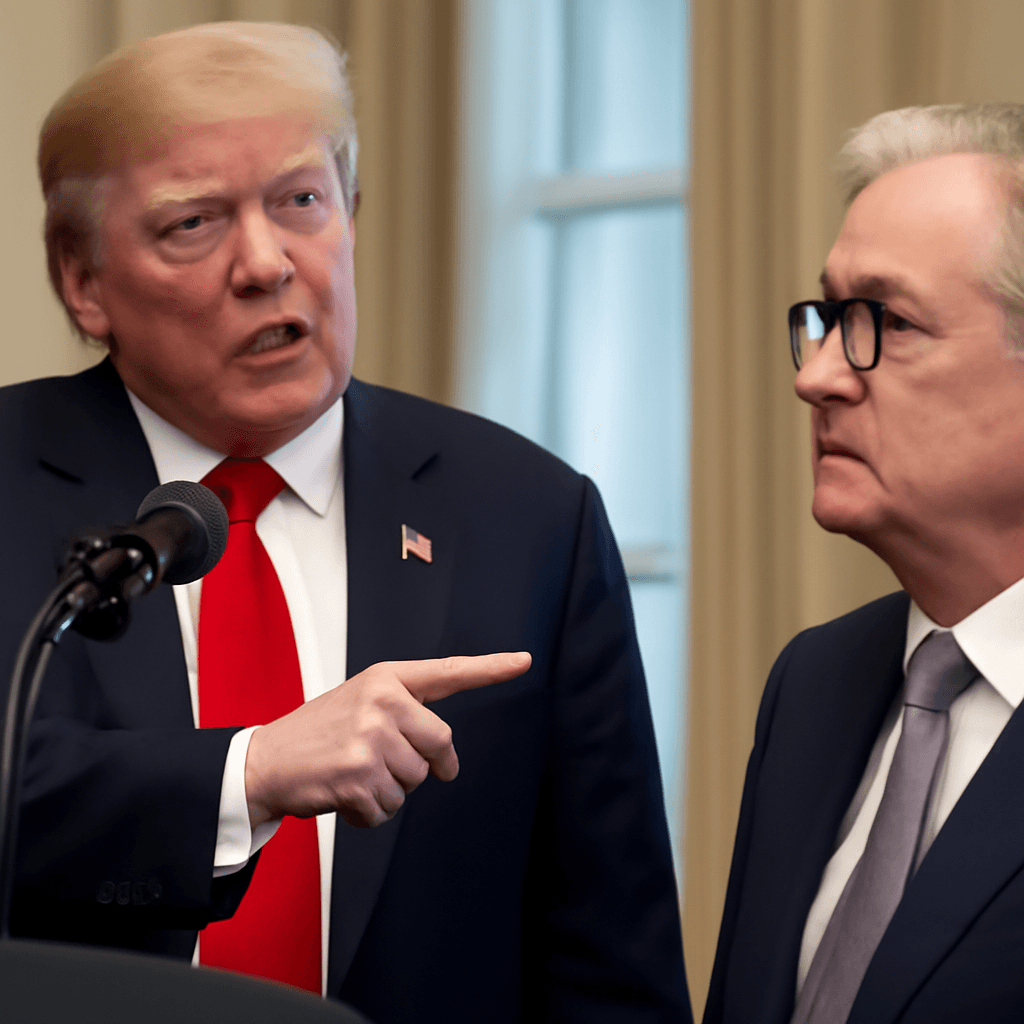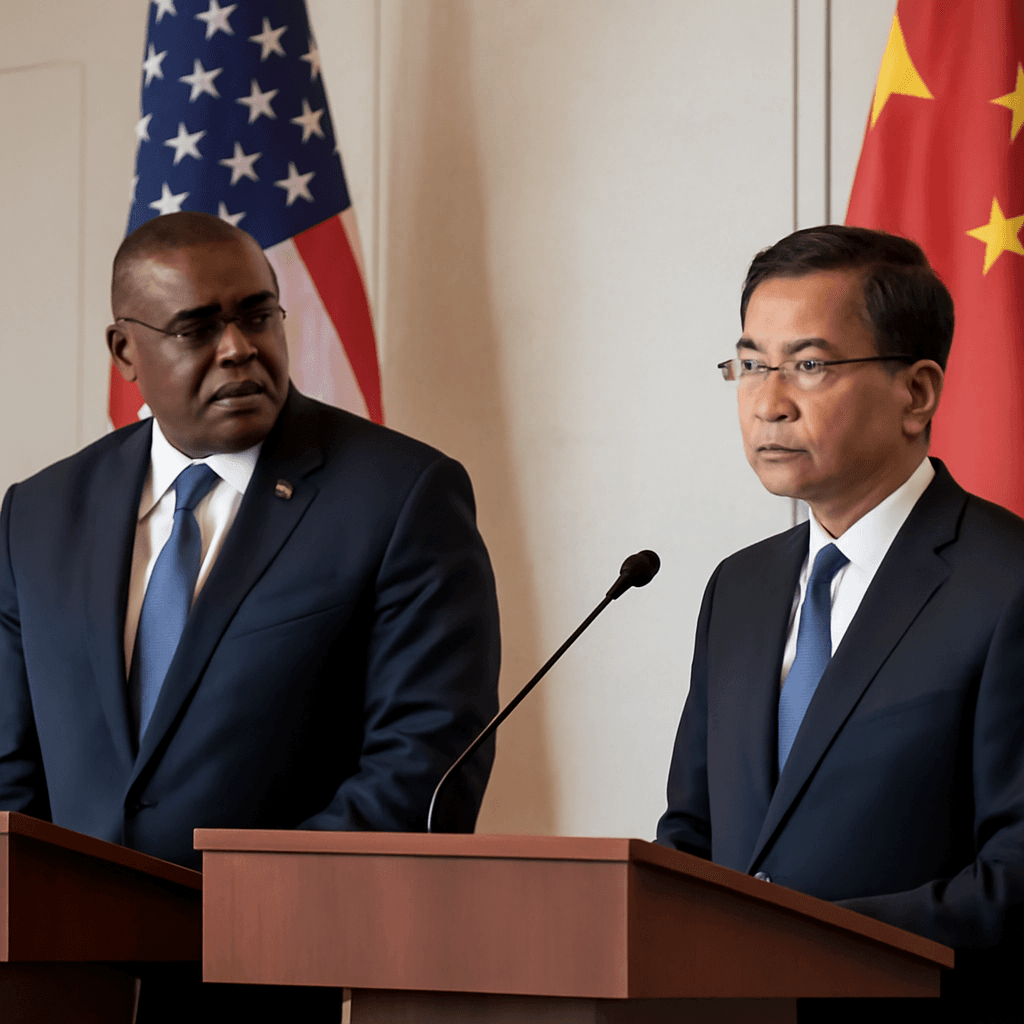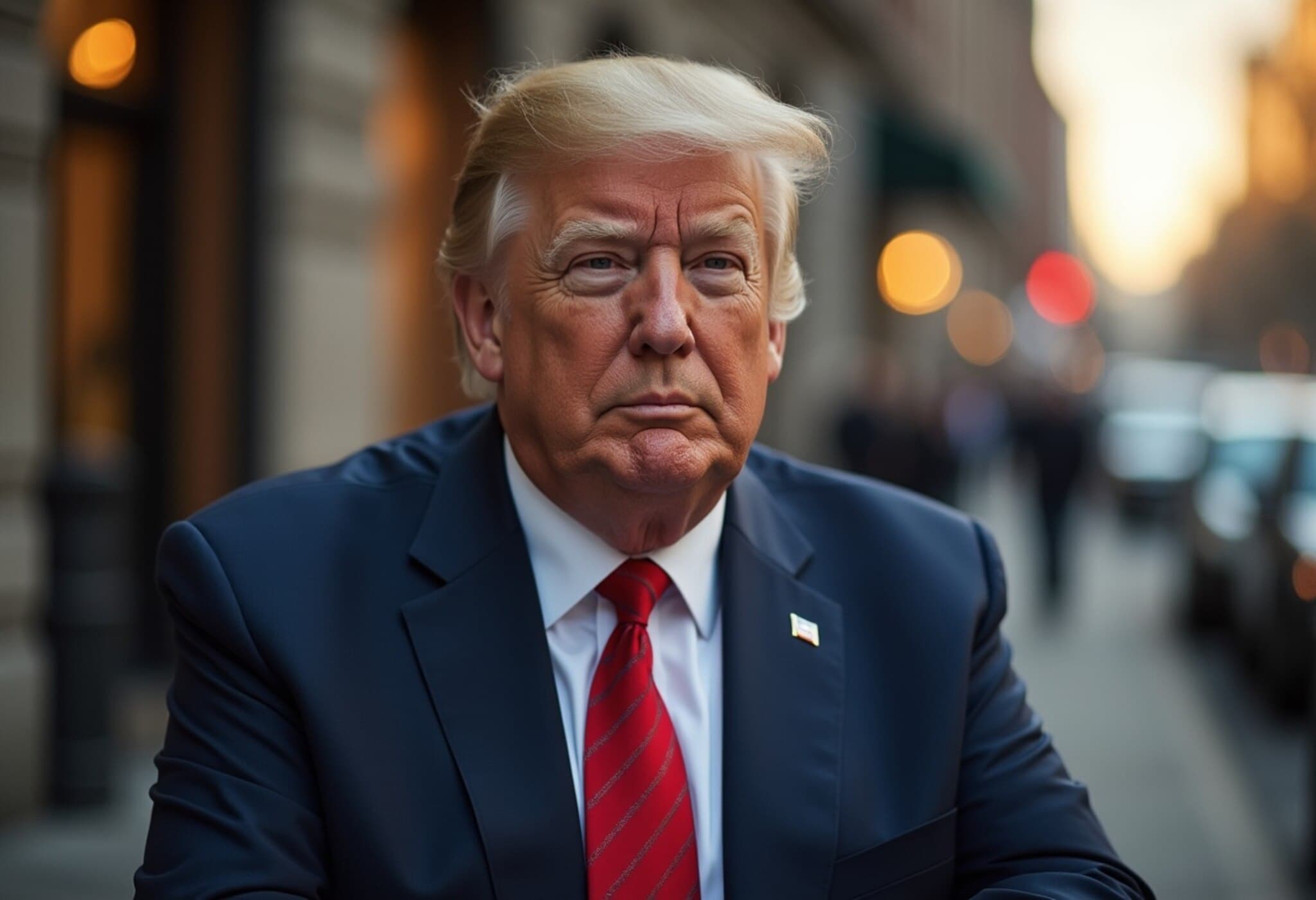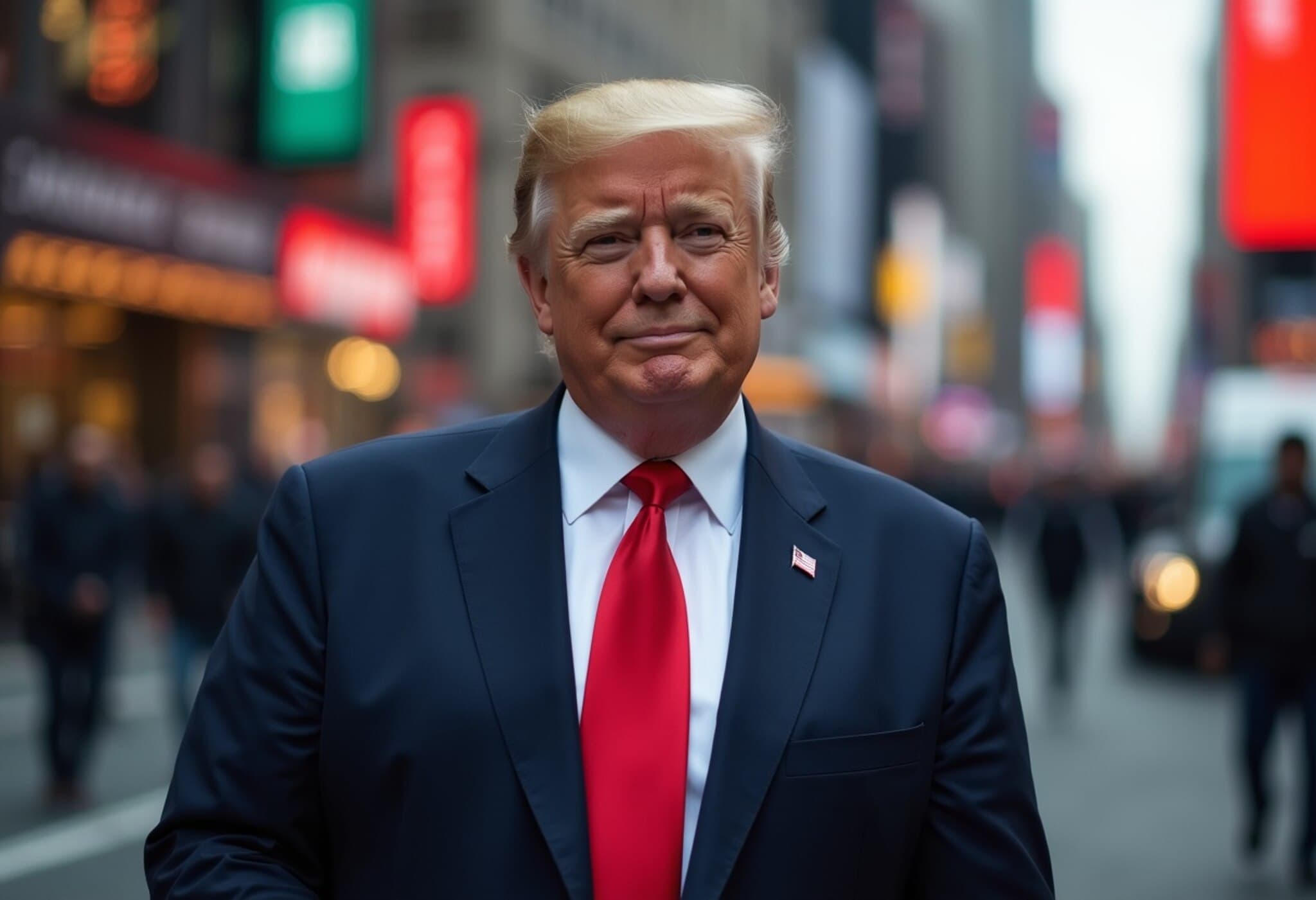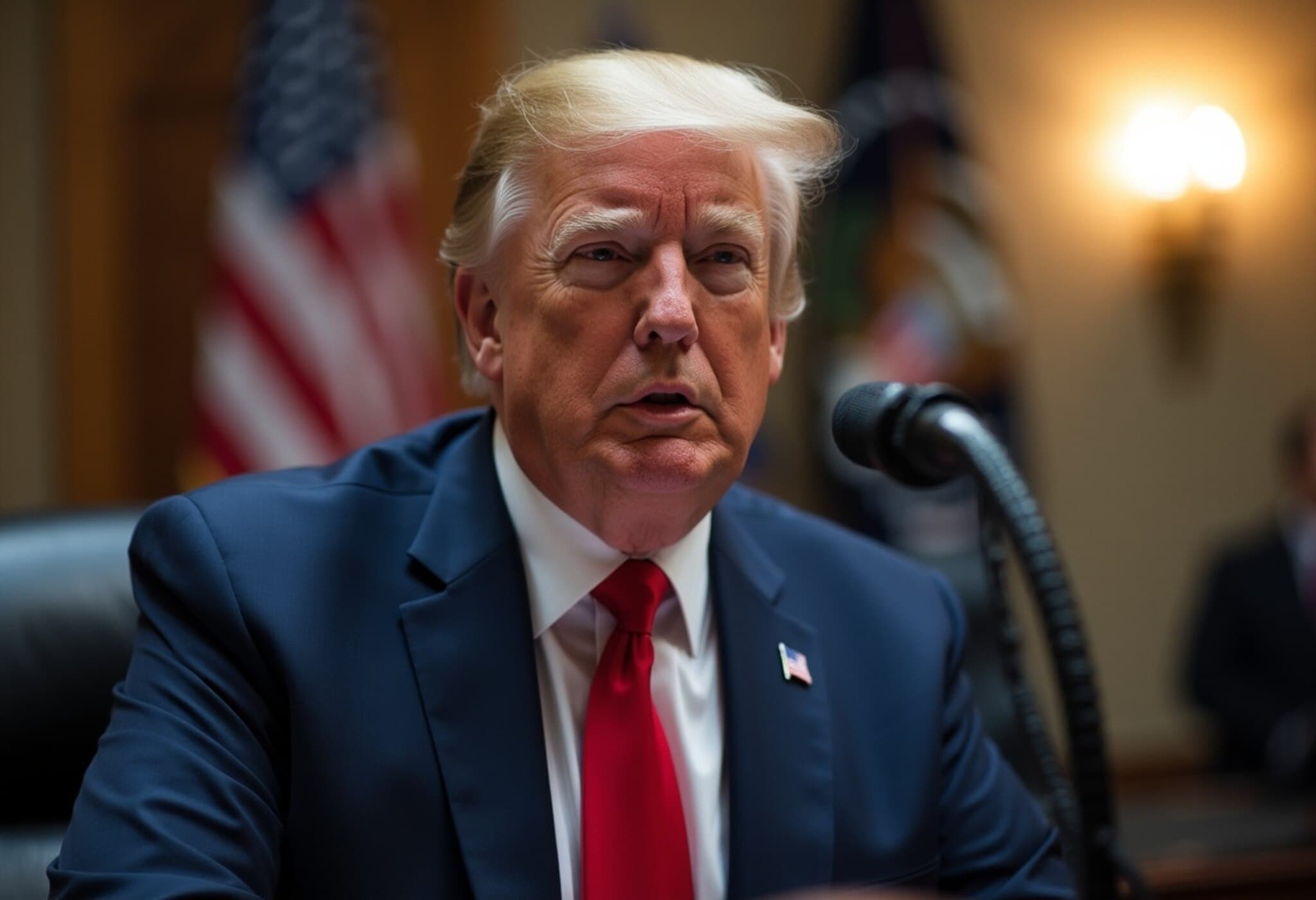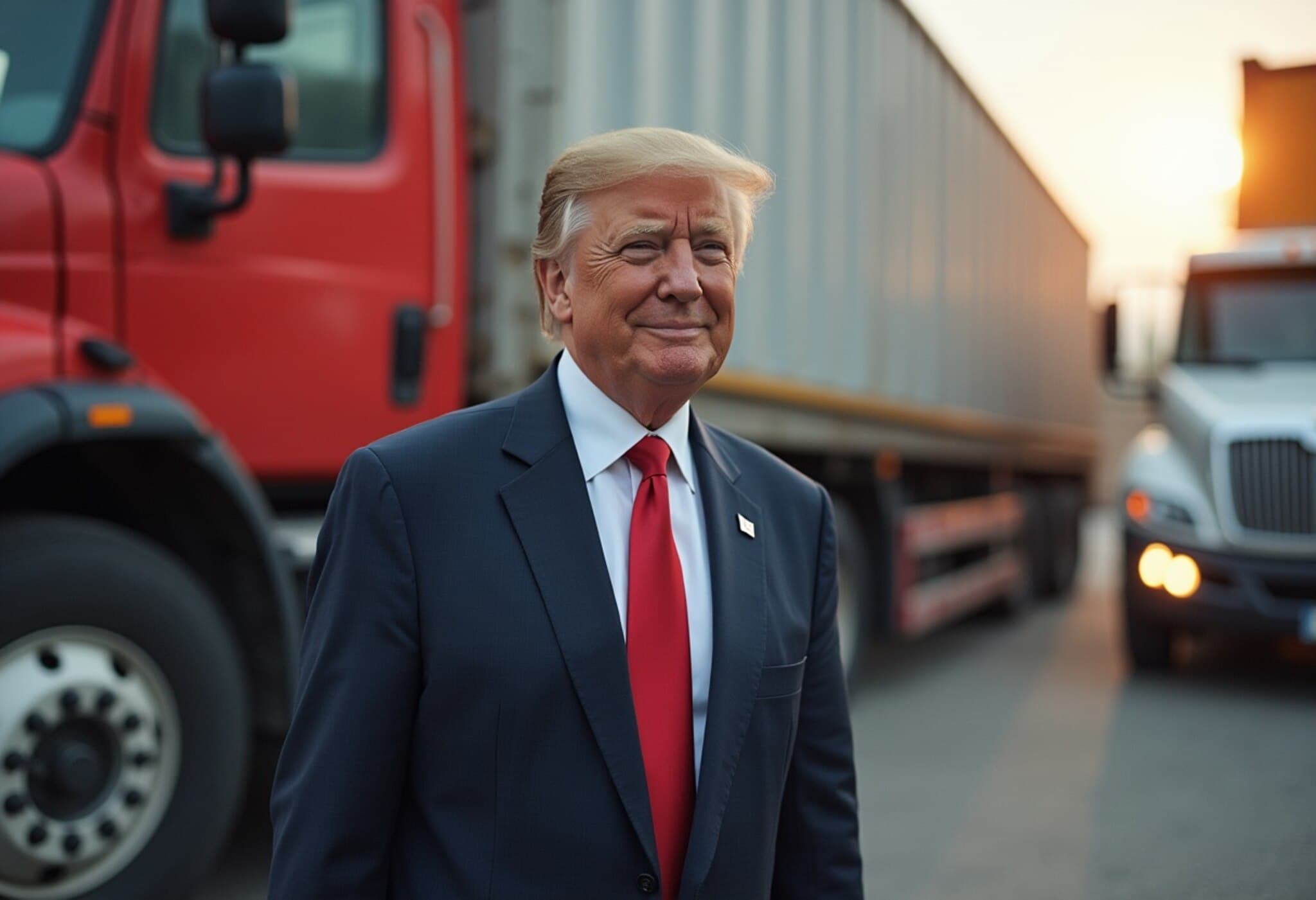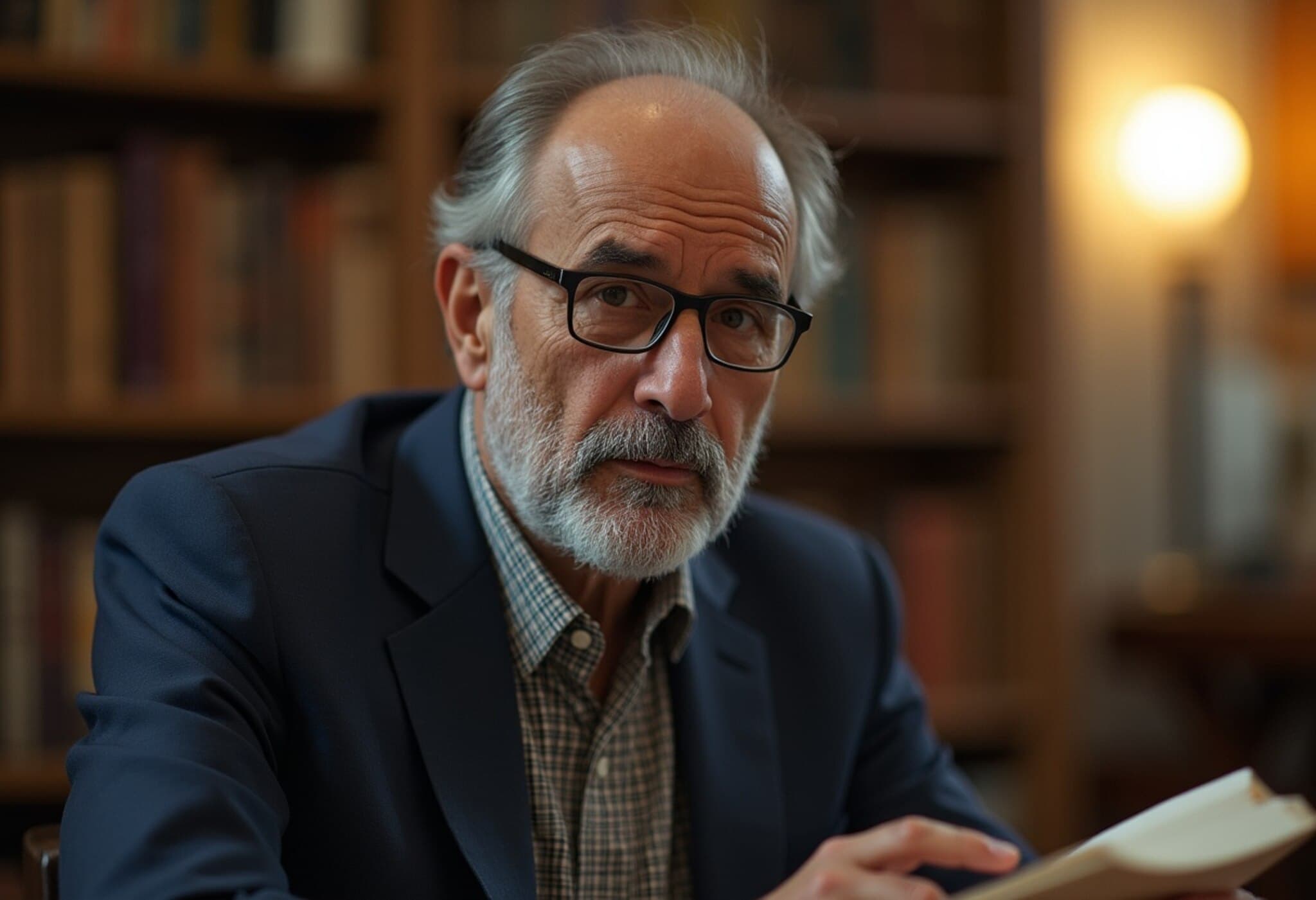US Job Growth Slows to a Crawl in July
In a surprising development for the world’s largest economy, US employers added only 73,000 jobs in July 2025, a stark slowdown that signals growing headwinds in the labor market. The Labor Department’s recent report also revised previous months’ data sharply downward, showing that May and June’s hiring figures were significantly overstated — by a combined 258,000 jobs.
Labor Market Faces Uncertainty Amid Trade Wars and Policy Shifts
The unemployment rate edged up slightly to 4.2% from June’s 4.1%, while the labor force—the number of people working or actively seeking employment—shrank modestly. Notably, the number of unemployed Americans rose by 221,000 during the month. This data comes against the backdrop of President Trump’s aggressive trade policies, including heavy tariffs imposed on imports from a broad array of countries, which have injected volatility into corporate hiring decisions.
Sector-by-Sector: Winners and Losers on the Jobs Front
- Manufacturing bore the brunt with a loss of 11,000 jobs in July alone, following declines of 15,000 and 11,000 in June and May respectively, highlighting persistent struggles in an industry sensitive to tariff impacts and supply chain disruptions.
- Federal government employment dropped by 12,000 jobs, reflecting targeted reductions amid Trump administration policies.
- Administration and support services saw a nearly 20,000-job decline, adding to concerns over shrinking support roles.
- Healthcare remained the bright spot, contributing 55,400 new jobs, accounting for 76% of all hiring, though this concentration suggests a fragility in broader job creation.
From Hiring Frenzy to Caution
This sharp deceleration represents a dramatic shift from the hiring boom seen just three years ago, when employers were competing fiercely for workers by offering signing bonuses, pet insurance, fertility benefits, and even reinventing work culture with perks like Fridays off. Now, the labor market narrative is less upbeat.
Deeper Economic Forces at Work
Several factors are weighing heavily on hiring and job market dynamics:
- Rising interest rates: The Federal Reserve’s ongoing rate hikes, designed to curb inflation, have dampened business investment and hiring capacity.
- Trump’s trade tariffs: Broad import taxes have increased operational costs and uncertainty for companies reliant on global supply chains, curtailing expansion.
- Immigration enforcement: Anticipated drops in foreign worker availability amid aggressive deportation plans may reduce labor supply and shift market balances.
Signs of Waning Workforce Confidence
The quitting rate—often seen as an indicator of workers’ confidence in finding better opportunities—has fallen from pandemic-era record highs and is now lower than pre-COVID levels. This decrease suggests workers are becoming more cautious, potentially signaling concerns about economic stability.
Expert Perspective: What This Means for the Economy and Workers
Labor economists note that while the headline numbers may seem modest, the underlying trends could foreshadow a broader slowdown in economic momentum. Dr. Jane Holloway, Director of the Economic Policy Institute, remarks, "These data reflect not just the impact of trade tariffs and higher borrowing costs but a fundamental recalibration in employer and worker expectations. The narrow concentration of job growth in healthcare underscores the uneven recovery and growing inequality across sectors." She adds, "Policymakers must consider how trade and immigration policies intersect with domestic labor market health to avoid exacerbating vulnerabilities."
Meanwhile, many American workers, particularly in manufacturing and support roles, face heightened uncertainty as companies rethink hiring amid economic headwinds. The data raises critical questions about whether growth can be sustained without more balanced trade relations and investment in workforce development.
Looking Ahead: Navigating a Complex Labor Landscape
The report underscores the complexity of today’s labor market — a landscape shaped by intertwined global trade conflicts, monetary policy tightening, and shifting immigration enforcement. The challenges for U.S. workers and employers are substantial, prompting the need for thoughtful dialogue on how economic policy can support sustainable job growth and workforce resilience.
Key Takeaways
- July’s job growth was the slowest monthly gain in years, with significant revisions downgrading prior months.
- The labor force contracted slightly, and unemployment edged higher.
- Manufacturing and government sectors are shedding jobs, while healthcare leads new hiring.
- Economic uncertainty driven by trade wars, higher rates, and immigration policy is dampening confidence.
Editor’s Note
As the U.S. economy contends with the fallout from aggressive trade policies and monetary tightening, this labor report serves as a critical signal for policymakers, businesses, and workers alike. The narrowing of job gains into select sectors coupled with rising unemployment invites deeper scrutiny of policy impacts beyond headline GDP numbers. How will American workers adapt if these conditions persist? What reforms or support mechanisms will prove necessary? Staying alert to these evolving dynamics is key for anyone invested in the nation’s economic future.



